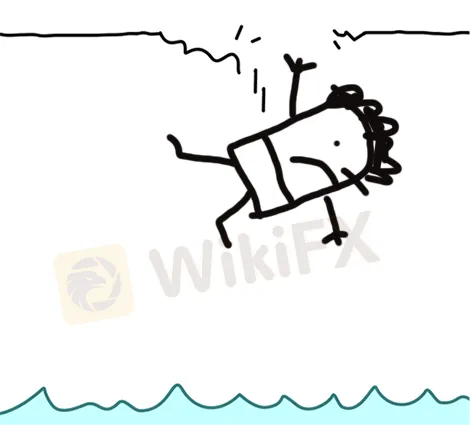简体中文
繁體中文
English
Pусский
日本語
ภาษาไทย
Tiếng Việt
Bahasa Indonesia
Español
हिन्दी
Filippiiniläinen
Français
Deutsch
Português
Türkçe
한국어
العربية
Ratio of Reward to Risk
Abstract:To improve your chances of profit, trade when you have a possibility to make three times more money than you're risking.
To improve your chances of profit, trade when you have a possibility to make three times more money than you're risking.
You have a much better possibility of making money in the long run if you assign yourself a three ratio one reward-to-risk ratio.
Here is an example:
| 10 TRADES | LOSS | WIN |
| 1 | $1,000 | |
| 2 | $3,000 | |
| 3 | $1,000 | |
| 4 | $3,000 | |
| 5 | $1,000 | |
| 6 | $3,000 | |
| 7 | $1,000 | |
| 8 | $3,000 | |
| 9 | $1,000 | |
| 10 | $3,000 | |
| Total | $5,000 | $15,000 |
You can see that even if you only won 50 percent of your trades, you would still make a $10,000 profit in this case.
Just keep in mind that when you trade with a strong risk-to-reward ratio, your chances of making money are considerably higher, even if your win rate is lower.
BUT, this is a big one, having a high reward-to-risk ratio has a cost.

On the surface, the concept of a high reward-to-risk ratio sounds appealing, but think through how it works in real-world trading settings.
Believe you're a scalper who only wants to risk 3 pips.
With a reward-to-risk ratio of three ratio one, you'll need to collect 9 pips. The odds are stacked against you right away since you have to pay the spread.
If your broker only gave a 2 pip spread on EUR/USD, you'll have to gain 11 pips instead, pushing you to accept a risk-reward ratio of four ratio one.
You'd be stopped out faster than you could say “Uncle!” because the EUR/USD exchange rate can fluctuate three pips up and down in a matter of seconds.
If you reduce the size of your trade, you can expand your stop to keep your favorite reward/risk ratio.
If you upped the number of pips you intended to stake to 50, you'd have to gain 153.
By doing so, you'll be able to get your reward-to-risk ratio closer to the targeted 3:1. Isn't it a lot better now?
Reward-to-risk ratios aren't set in stone in the actual world. Depending on the time frame, trading environment, and entry/exit points, they must be changed.
A position trader's reward-to-risk ratio could be as high as 10:1, while a scalper's could be as low as 0.7:1.
Disclaimer:
The views in this article only represent the author's personal views, and do not constitute investment advice on this platform. This platform does not guarantee the accuracy, completeness and timeliness of the information in the article, and will not be liable for any loss caused by the use of or reliance on the information in the article.
Read more

Forex is a game that I enjoy playing
These champions have one thing in common: they not only work their butts off, but they also enjoy what they do.

Wait patiently. Maintain your discipline
"Patience is the key to everything," American comic Arnold H. Glasgow once quipped. The chicken is gotten by hatching the egg rather than crushing it."

There isn't a Holy Grail to be found!
Ask any Wall Street quant (the highly nerdy math and physics PhDs who build complicated algorithmic trading techniques) why there isn't a "holy grail" indicator, approach, or system that generates revenues on a regular basis.

Concentrate on the Process. Profits aren't a priority
We've designed the School of WikiFX as simple and enjoyable as possible to help you learn and comprehend the fundamental tools and best practices used by forex traders all over the world, but keep in mind that a tool or strategy is only as good as the person who uses it.
WikiFX Broker
Currency Calculator







